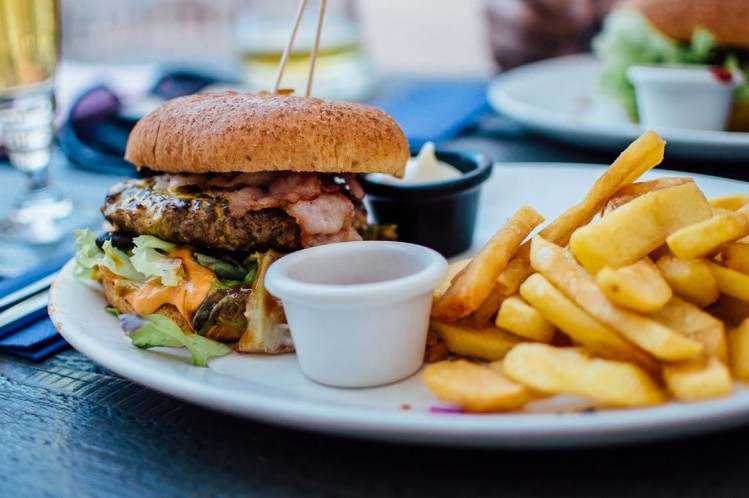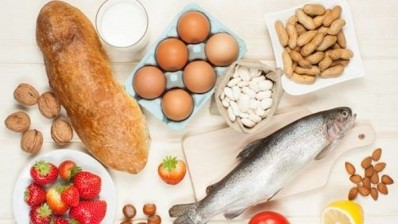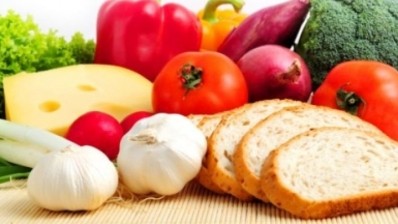7 ways to combat food price inflation in your pub

However, with the pound plummeting in value since the Brexit vote, and extreme weather conditions in southern Europe causing poor yields, pubs are being forced to absorb bigger rises in food and drink costs. According to the latest figures released by the CGA Prestige Foodservice Price Index, food price inflation rose to 9.3% in August, up by more than two percentage points (a rise of 33%) on the previous month.
In addition to this, operators also face increased costs from rising business rates and the introduction last year of the national living wage for over-25s.
Naturally then, in order to remain profitable, pubs will need to raise prices. However, it is important to determine how to compensate for these higher costs in a way that won’t drive customers away. After all, what’s the point of charging higher menu prices if fewer people are coming through your doors?
Here are seven tactics, tested by customer analytics organisation Revenue Management Solutions (RMS), to allow pub operators to react quickly and intelligently as commodity costs change.
1) Know your data and your consumers
Everything you change on the menu should be based on a deep understanding of your customers’ behaviour, revealed by a pub’s electronic point of sale data. Smart menu engineering comes from knowing how products trade with each other, driving demand to products with higher profitability when the situation allows.
2) Look ahead to price increases
It’s better to do several rounds of smaller menu price changes, than to make one dramatic change, which could drive customers away. If you know higher costs are coming later in the year, related to a certain item, make more frequent, smaller price increases to compensate ahead of time.
3) Know when it’s good to talk
In some cases, where cost increases relating to certain items are being highly publicised, consider telling customers why menu prices have gone up. However, it is best to take this approach sparingly.
4) Make your ingredients work for you
It is not possible to completely compensate for higher food costs by adjusting menu prices. Consider re-designing or tweaking the menu to boost profitability, perhaps with new products or by dropping items with low demand and ingredients that consistently create issues from a cost perspective.
5) Save for a rainy day
When producer costs are stable and business is good, look for ways to push more favourable menu prices. The result: higher profitability that can provide a cushion for when you must compensate for future cost increases.
6) Know the limits
Remember that customers have thresholds in their minds for how much they want to pay within their chosen restaurant. Changing a £7.60 price to £7.99 usually results in less consumer pushback than changing it to say £8.10. If your customers are used to paying around £40 for a party of four, be careful not to push this to £50, as they may take all of their custom elsewhere.
7) Get clever with smart promotions
Use your promotions wisely by thinking beyond simply driving customer traffic. Consider ways to use promotions to steer your customers to menu items that work best for your profitability, and away from items that are causing headaches. Offering the chance to ‘double-up’ or add premium options can help boost profitability without making consumers feel they are being ripped off.







